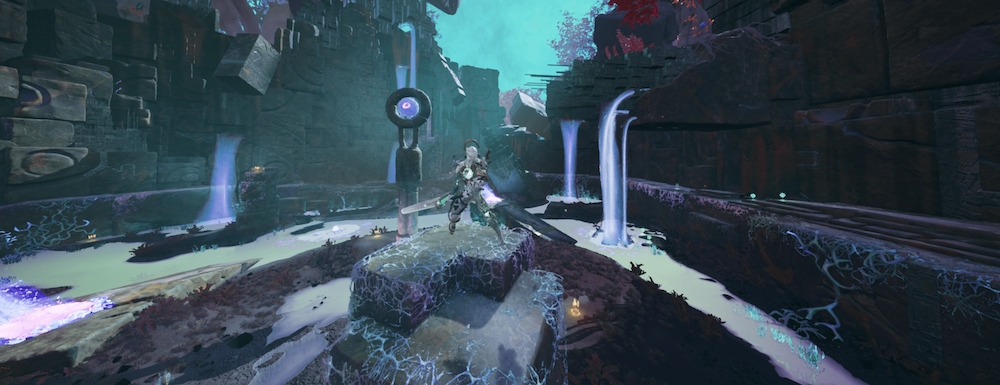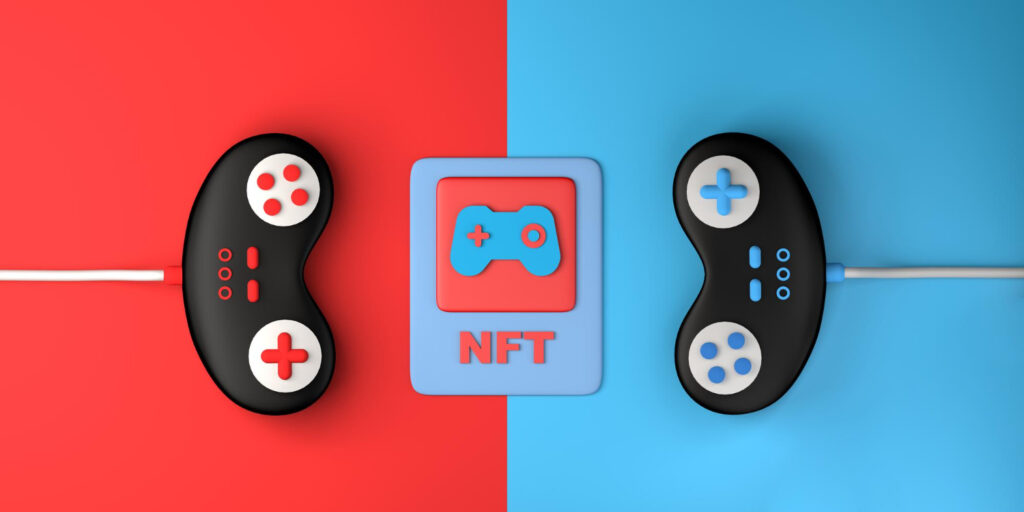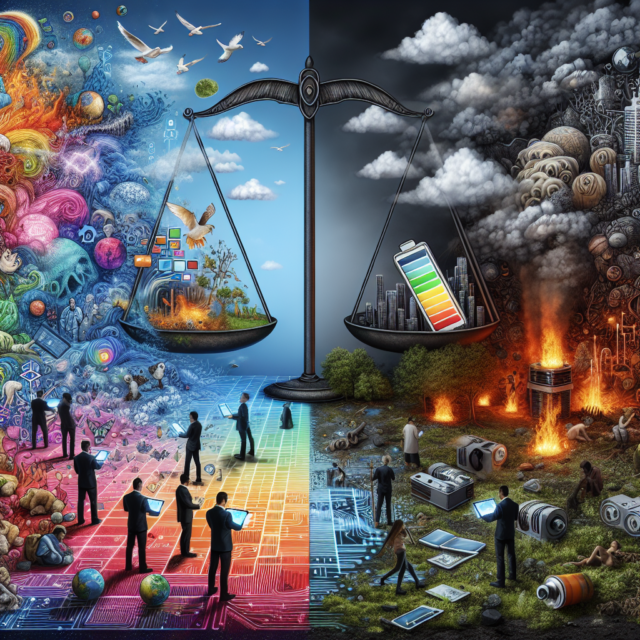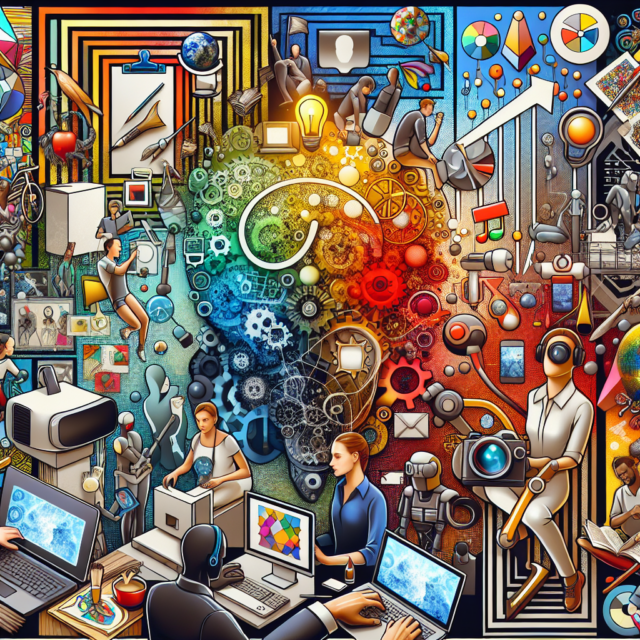The fashion industry has always been a dynamic and ever-evolving sector, constantly adapting to societal changes and technological advancements. In recent years, the digital realm has emerged as a new frontier for fashion, reshaping traditional paradigms and introducing innovative concepts. Among these, the rise of digital fashion supermodels has captured the imagination of designers, brands, and consumers alike. This article delves into the fascinating journey of fashion’s digital transformation, the emergence of virtual models as trailblazers, and the pivotal role technology plays in shaping these new-age icons.
The Evolution of Fashion in the Digital Realm
The fashion industry has historically been a reflection of cultural and technological shifts. With the advent of the digital age, fashion has found a new playground in the virtual world. This transformation began subtly with online shopping, gradually shifting the consumer experience from physical stores to digital platforms. What started as a convenience has now become an integral part of the fashion ecosystem, with online presence being a vital aspect of a brand’s identity. The digital realm offers unprecedented opportunities for designers to reach a global audience, transcending geographical limitations and cultural barriers.
As digital platforms became more sophisticated, so did the expectations of the fashion audience. Social media has played a crucial role in this evolution, serving as a powerful tool for fashion brands to engage with their audience. Platforms like Instagram and TikTok have revolutionized how fashion is consumed, offering a dynamic and interactive experience. The rise of influencers and digital content creators has further blurred the lines between traditional fashion models and new-age digital personalities. This shift has paved the way for a more inclusive and diverse representation in fashion, breaking away from conventional norms.
Moreover, the digital realm has facilitated the democratization of fashion. Emerging designers now have the platform to showcase their work without the need for large budgets or traditional industry backing. This has led to a surge in creativity and innovation, with digital fashion weeks and virtual runways becoming more commonplace. The accessibility of digital tools has empowered designers to experiment with new concepts, pushing the boundaries of what fashion can be. This evolution is not just a trend but a fundamental shift in how fashion is created, consumed, and appreciated.
In the context of this digital evolution, the concept of digital fashion supermodels has emerged as a revolutionary idea. These virtual models are not bound by physical limitations and can embody any aesthetic or style. They offer a new level of creative freedom to designers, who can craft unique identities and narratives around their digital muses. This has opened up a world of possibilities for storytelling in fashion, where the imagination is the only limit. The evolution of digital fashion is a testament to the industry’s ability to adapt and thrive in an ever-changing landscape.
The rise of digital fashion models also reflects the growing importance of sustainability in the industry. With increasing awareness of the environmental impact of fashion, digital models offer a more sustainable alternative to traditional practices. Virtual fashion shows eliminate the need for physical resources and reduce the carbon footprint associated with travel and logistics. This shift towards digital solutions aligns with the industry’s broader goals of sustainability and ethical practices, highlighting the potential of technology to drive positive change.
As we continue to navigate this digital evolution, it is clear that the fashion industry is on the brink of a new era. The integration of technology and fashion is not just a passing phase but a fundamental transformation that will shape the future of the industry. The evolution of fashion in the digital realm is an exciting journey, full of possibilities and opportunities for those willing to embrace change and innovation.
Virtual Models: Pioneers of a New Fashion Era
Virtual models have emerged as pioneers in the fashion industry, challenging traditional notions of beauty and representation. These digital avatars are meticulously crafted using advanced computer graphics and artificial intelligence, allowing them to possess hyper-realistic features and movements. As a result, they offer a unique blend of artistry and technology, capturing the attention of both designers and consumers. Virtual models can be customized to embody diverse aesthetics, making them versatile tools for storytelling and brand identity.
One of the key advantages of virtual models is their ability to transcend physical limitations. Unlike human models, they do not age, require rest, or face the constraints of travel. This allows for greater flexibility and efficiency in the fashion industry, as digital models can be deployed across multiple campaigns and platforms simultaneously. Brands can experiment with different looks and styles without the logistical challenges associated with traditional photo shoots. This has revolutionized the way fashion campaigns are conceptualized and executed.
Moreover, virtual models have sparked a conversation about inclusivity and diversity in fashion. While the industry has made strides towards greater representation, digital models offer an opportunity to further push these boundaries. They can be designed to reflect a wide range of ethnicities, body types, and identities, challenging the conventional standards of beauty. This has opened up new possibilities for brands to connect with a broader audience and foster a more inclusive fashion landscape.
The rise of virtual models has also been bolstered by the growing popularity of virtual and augmented reality experiences. As consumers increasingly engage with digital content, brands are exploring innovative ways to enhance the shopping experience. Virtual models can be integrated into these immersive environments, providing a more interactive and personalized experience for consumers. This not only enhances brand engagement but also offers a glimpse into the future of fashion retail.
However, the emergence of virtual models has not been without controversy. Critics argue that digital avatars may perpetuate unrealistic beauty standards and contribute to the objectification of women. There are also concerns about the potential loss of jobs for human models as brands increasingly turn to digital solutions. These debates highlight the need for a balanced approach that considers the ethical implications of digital fashion while embracing its potential for innovation.
Despite these challenges, virtual models continue to gain traction as pioneers of a new fashion era. They represent a fusion of creativity and technology, offering a fresh perspective on the possibilities of fashion. As the industry continues to evolve, virtual models are likely to play an increasingly prominent role, shaping the future of fashion in the digital age.
Technology’s Role in Shaping Digital Fashion Icons
Technology is at the heart of the rise of digital fashion supermodels, driving innovation and enabling new possibilities for creativity. Advanced computer graphics and 3D modeling software have revolutionized the way digital models are created, allowing designers to craft hyper-realistic avatars with intricate details and lifelike movements. These technological advancements have opened up a world of possibilities for fashion designers, who can now experiment with digital creations that were once unimaginable.
Artificial intelligence (AI) plays a crucial role in shaping digital fashion icons. AI algorithms are used to simulate realistic movements and expressions, making virtual models appear more lifelike and relatable. This technology also enables the customization of digital avatars, allowing them to embody diverse aesthetics and identities. AI-driven tools can analyze consumer preferences and trends, helping brands tailor their digital campaigns to resonate with their target audience.
Virtual and augmented reality technologies have further enhanced the capabilities of digital fashion models. These immersive technologies allow consumers to interact with digital models in virtual environments, creating a more engaging and personalized shopping experience. Brands are leveraging these technologies to create virtual fashion shows, interactive lookbooks, and digital fitting rooms, offering consumers a glimpse into the future of fashion retail. This integration of technology and fashion is reshaping the way consumers engage with brands and products.
Blockchain technology is also making its mark on the digital fashion landscape. It offers a secure and transparent way to authenticate digital fashion assets, ensuring their provenance and ownership. This is particularly important in the realm of digital fashion, where the uniqueness and exclusivity of virtual garments are key selling points. Blockchain technology enables designers and brands to create limited edition digital fashion pieces, adding value and prestige to their offerings.
Despite the transformative potential of technology in digital fashion, there are challenges that need to be addressed. The ethical implications of using AI and digital avatars in fashion must be carefully considered, particularly in terms of representation and inclusivity. There is also the question of data privacy and security, as the integration of technology in fashion involves the collection and analysis of large amounts of consumer data. These challenges highlight the need for a responsible and ethical approach to the use of technology in fashion.
In conclusion, technology is a driving force behind the rise of digital fashion supermodels, enabling new possibilities for creativity, representation, and consumer engagement. As the fashion industry continues to evolve, the integration of technology will play an increasingly important role in shaping its future. The rise of digital fashion icons is a testament to the transformative power of technology, offering a glimpse into a new era of fashion where the digital and physical realms converge.
The rise of digital fashion supermodels marks a significant milestone in the evolution of the fashion industry. As technology continues to advance, the lines between the digital and physical worlds are becoming increasingly blurred, offering new possibilities for creativity and representation. Virtual models are at the forefront of this transformation, challenging traditional norms and paving the way for a more inclusive and diverse fashion landscape. While there are challenges to navigate, the potential of digital fashion is undeniable, promising a future where innovation and creativity know no bounds. As we embark on this exciting journey, the fashion industry stands poised to embrace a new era, where digital fashion icons will play a central role in shaping its future.
 Source: SHIB: The Metaverse
Source: SHIB: The Metaverse
 Source: SHIB: The Metaverse
Source: SHIB: The Metaverse






















